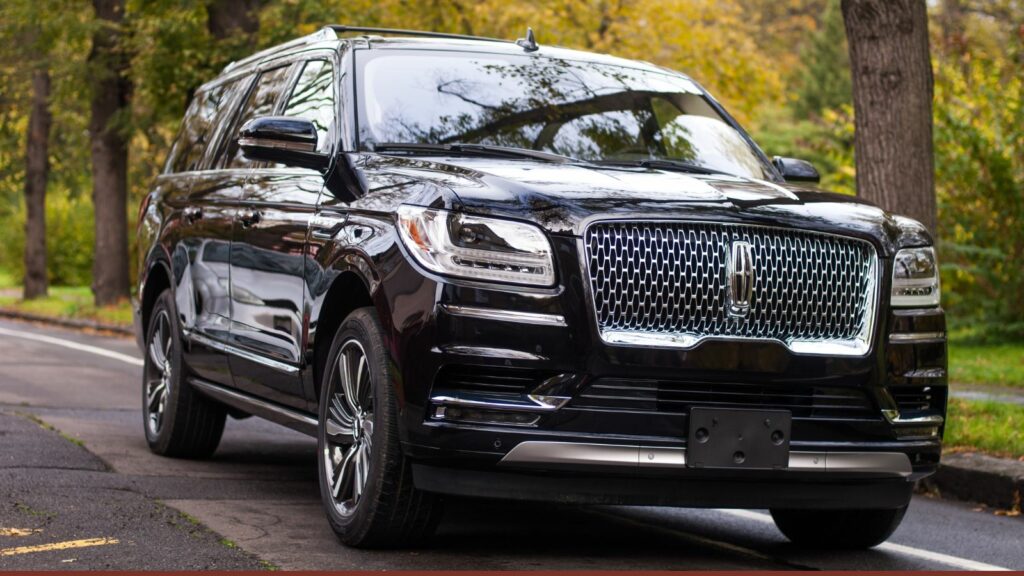Not every car to roll off the assembly line is a masterpiece. Some are so bad that their manufacturers would rather pretend they never happened. Whether due to disastrous design choices, catastrophic mechanical failures, or just plain ridiculous concepts, these are the 26 cars that haunt automakers’ dreams.
Ford Edsel (1958-1960)
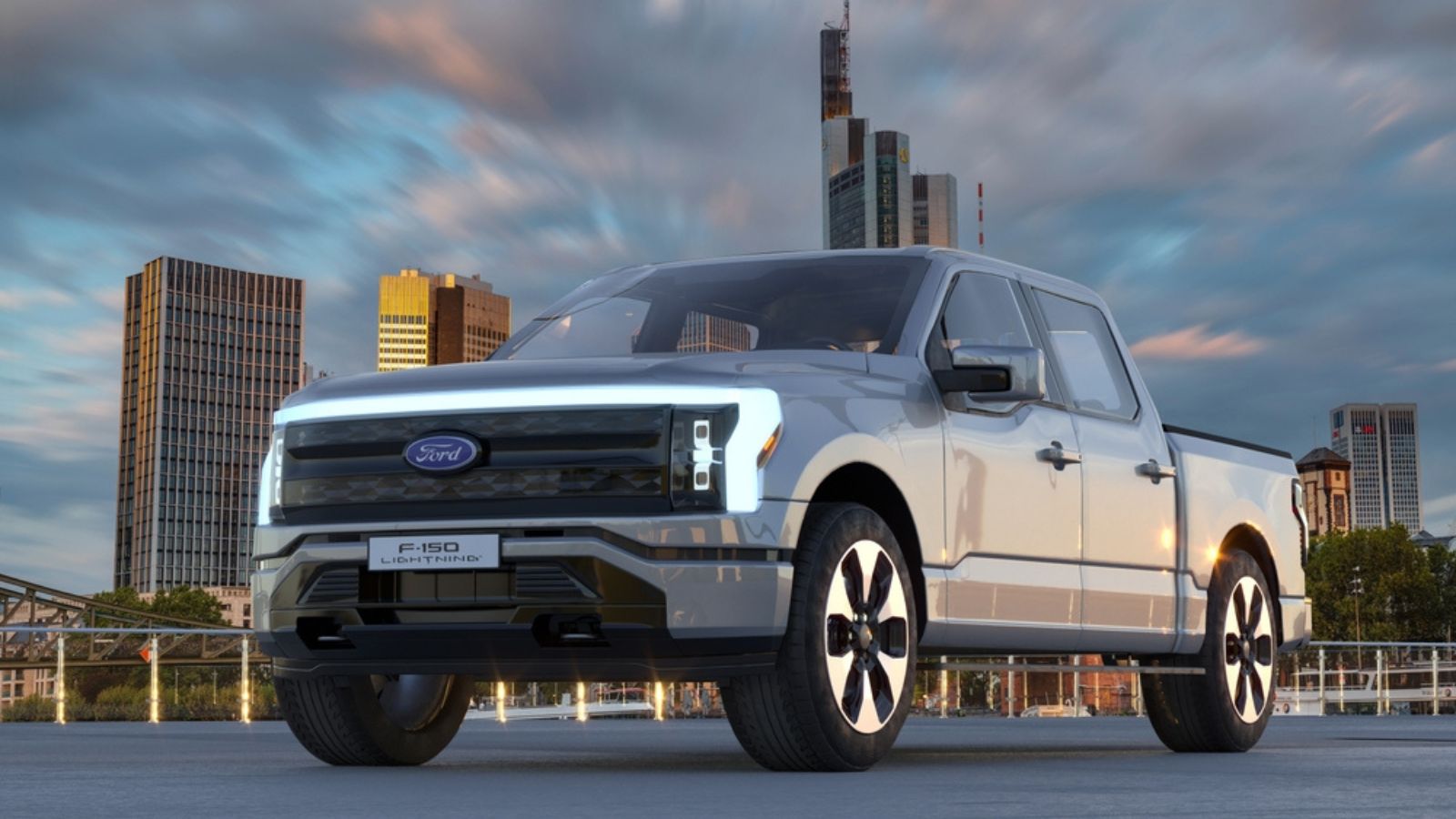
The Ford Edsel is the poster child for automotive flops. Its distinctive “horse-collar” grille was widely mocked, with some comparing it to a toilet seat. The car suffered from mechanical issues, including a push-button transmission that frequently malfunctioned. Additionally, a recession in 1958 and high price tags hurt sales. Ford also misjudged consumer demand, leading to overproduction and dealer confusion. Ford lost over $250 million on this misadventure (about $2.4 billion today), and “Edsel” is now synonymous with failure.
Pontiac Aztek (2001-2005)

The Aztek was ahead of its time in concept but decades behind in aesthetics. Marketed as a futuristic crossover for adventurous, youthful buyers, it alienated consumers with its awkward proportions, oddly placed headlights, and clunky plastic cladding. Also, developed under GM’s cost-cutting initiatives, the Aztek shared a platform with minivans, leading to uninspired handling and a sluggish 3.4L V6 (185 hp). And, despite its later cult following (thanks to Breaking Bad), it remains one of GM’s biggest misfires.
Chevrolet Vega (1971-1977)
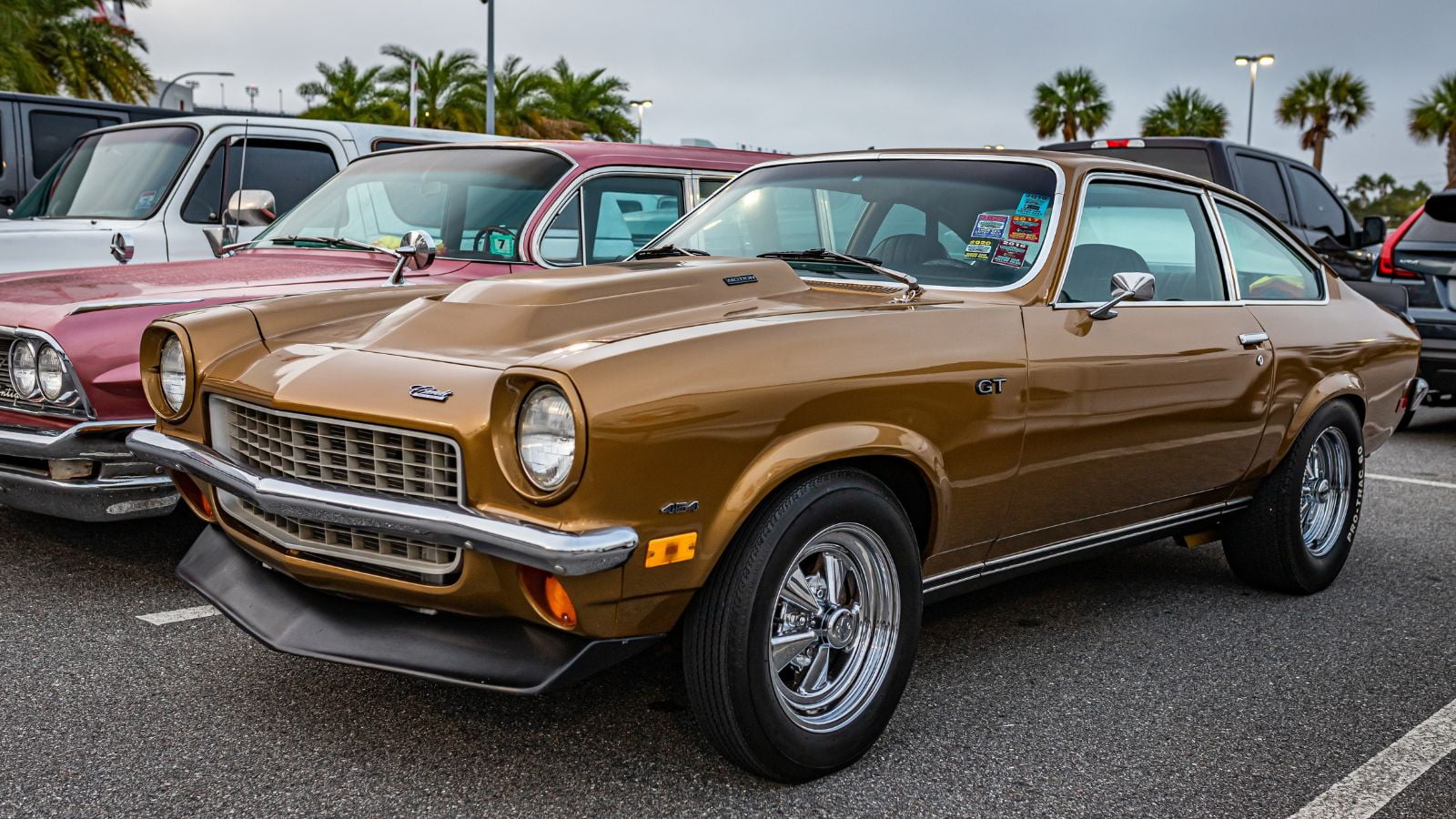
The Chevrolet Vega (1971–1977) is one of General Motors’ most infamous failures. Designed to compete with imports like the Volkswagen Beetle and Toyota Corolla, the Vega boasted a sleek design, innovative engineering, and an aluminum-block engine. However, these very innovations led to its downfall. The car was notorious for rusting at an alarming rate, with body panels corroding within a few years. Additionally, build quality was abysmal, with misaligned panels and frequent recalls. And though GM attempted to fix it, the damage was done.
Yugo GV (1985-1992)
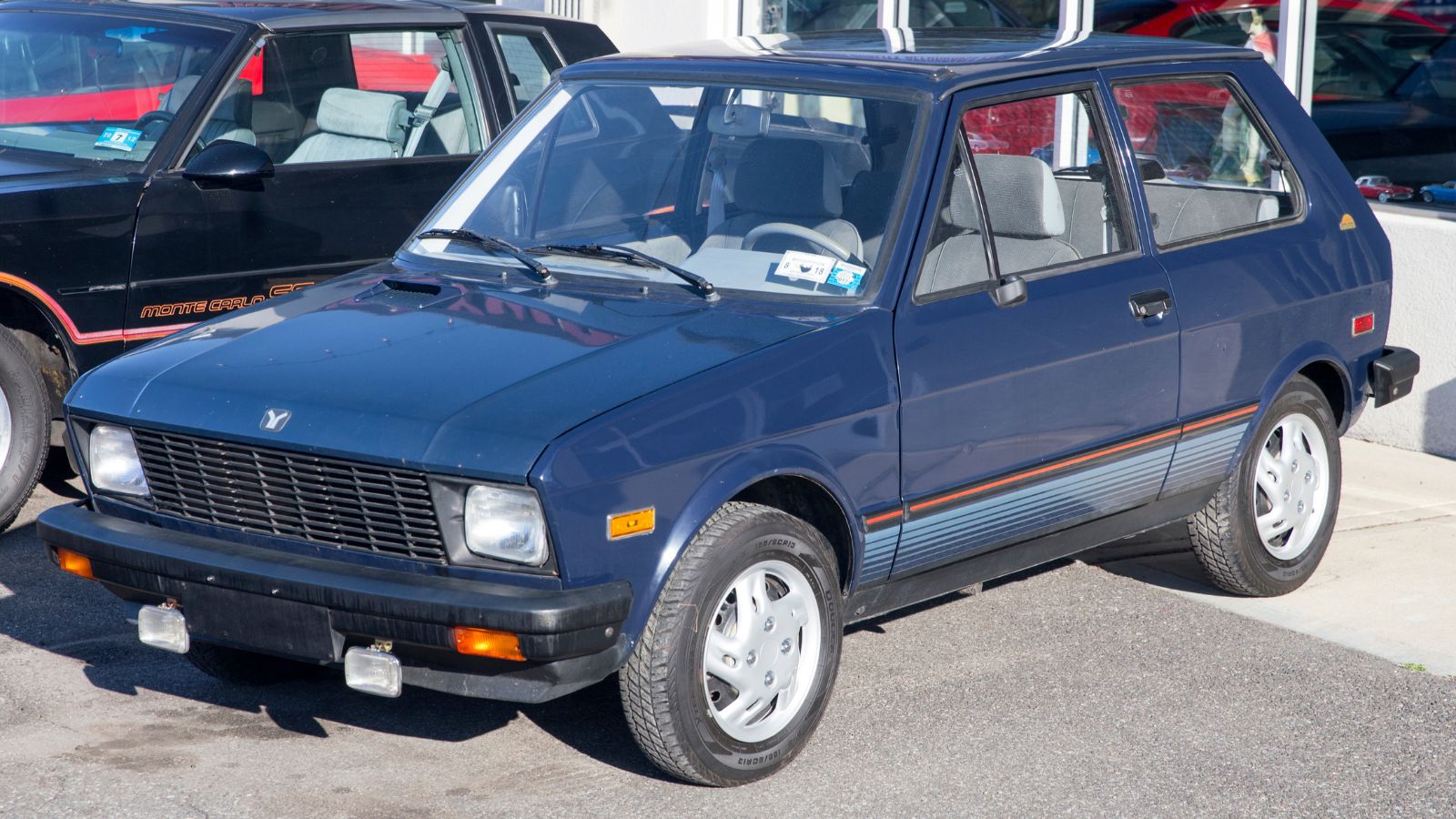
The Yugo GV (1985-1992) is often crowned one of the worst cars ever sold in the U.S. Marketed as a “$3,990 brand-new car,” it was cheap and felt like it. Built by Zastava in then-Yugoslavia, the GV (short for “Great Value”) suffered from poor build quality, unreliable mechanics, and laughably bad performance. Also, the 55-hp 1.1L engine struggled to reach 60 mph in under 14 seconds, and parts were infamous for falling off mid-drive.
AMC Gremlin (1970-1978)
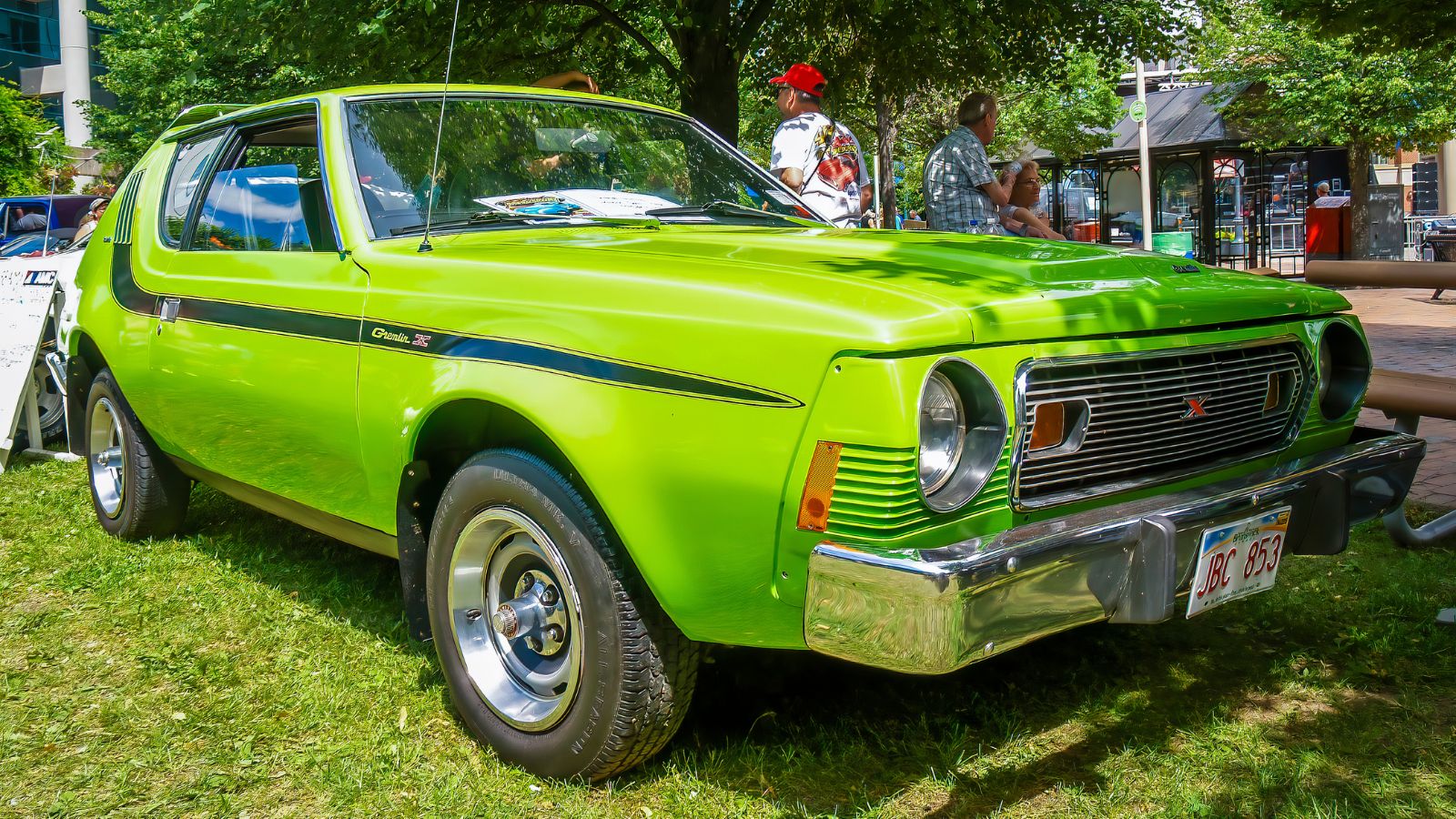
AMC decided to take a regular car, chop off the trunk, and call it the Gremlin. Its performance was unimpressive despite being offered with engines ranging from a 2.0L four-cylinder (sourced from Audi) to a gas-guzzling 5.0L V8. The interior was spartan, and the lack of a proper hatchback hurt practicality. Critics mocked its awkward proportions, and it struggled against more refined competitors like the Ford Pinto and Chevrolet Vega. While it has since gained cult status, the Gremlin remains a cautionary tale of automotive desperation.
Cadillac Cimarron (1982-1988)

The Cimarron was GM’s attempt to sell a Chevrolet Cavalier with a Cadillac badge. Marketed as a luxury sedan, it was little more than a rebadged Chevrolet Cavalier with leather seats and a Cadillac badge, an example of “badge engineering” gone horribly wrong. At launch, the Cimarron had a 1.8L four-cylinder engine, making a meager 88 hp, which was laughable for a Cadillac. The car remained underwhelming even with later upgrades to a 2.8L V6 (130 hp). And, despite surviving until 1988, the Cimarron became a cautionary tale of diluting brand prestige.
Ford Pinto (1971-1980)
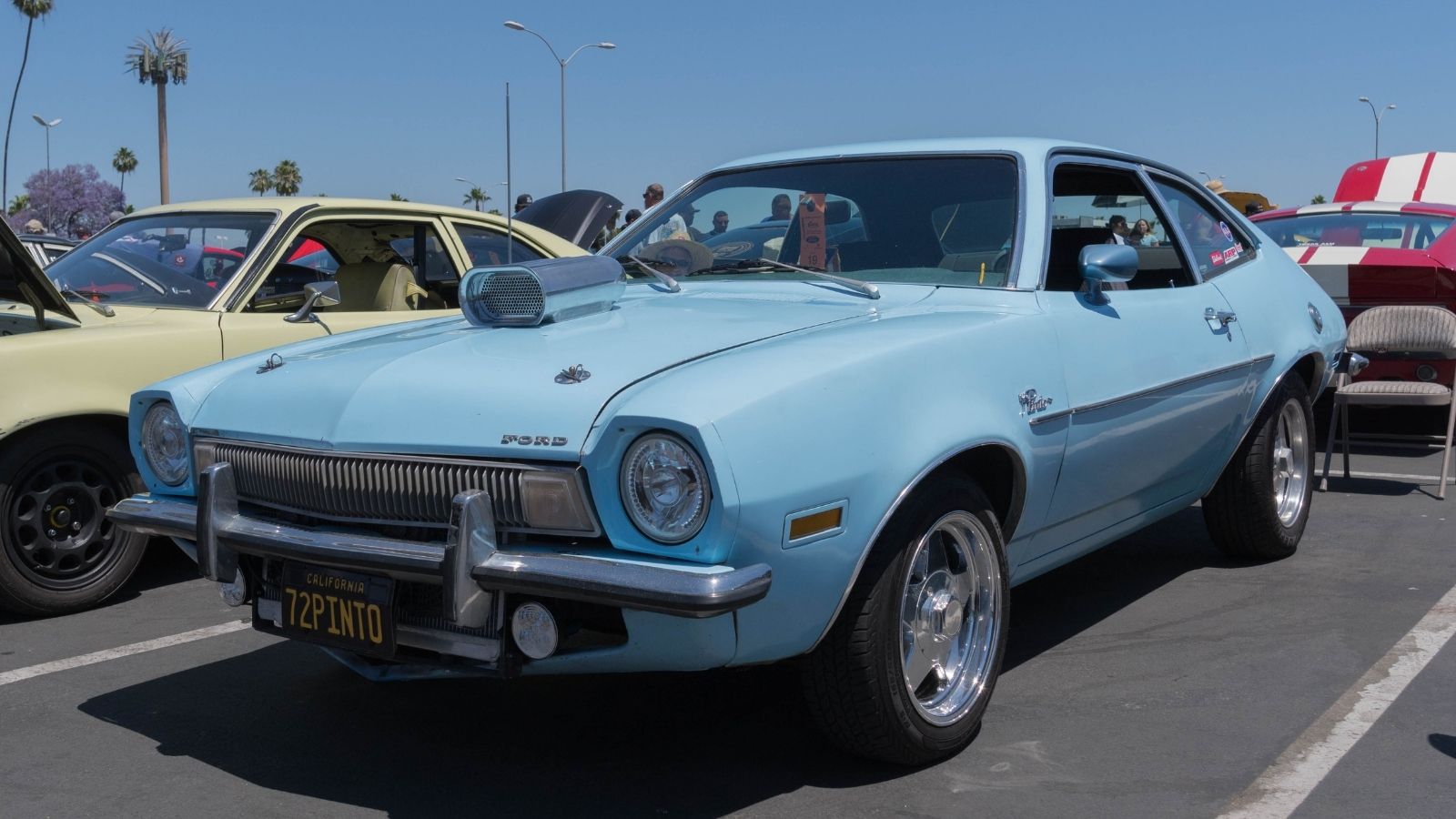
Infamously known for its explosive tendencies, the Pinto’s fuel tank design made rear-end collisions a literal fire hazard. Eager to compete with small imports, Ford rushed development and positioned the Pinto as an affordable subcompact. However, the fuel tank was prone to rupture in rear-end collisions, leading to deadly fires. Internal Ford memos later revealed that the company calculated it was cheaper to settle lawsuits than to recall the car, a scandal that worsened public outrage. The Pinto remains one of the most notorious automotive scandals.
Trabant (1957-1990)
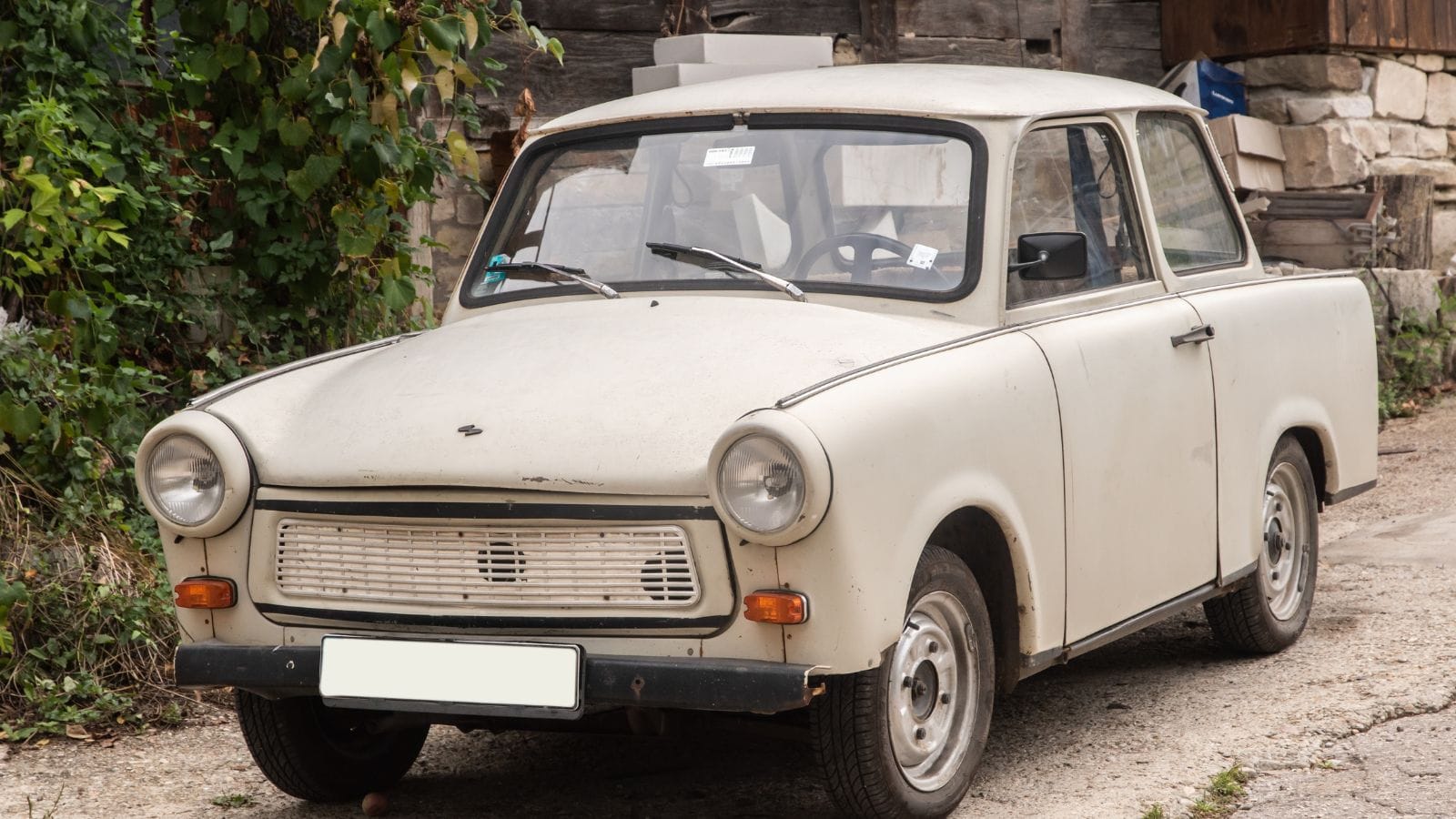
The Trabant (1957–1990) was East Germany’s infamous “cardboard car,” a symbol of communist inefficiency. It was designed by VEB Sachsenring and featured a plastic (Duroplast) body, which was not designed for innovation but due to steel shortages. Powered by a smoky 2-stroke engine (originally 500cc, later 600cc), it wheezed 18–26 hp, reaching 0-60 mph in about 21 seconds. And, with no fuel gauge, owners had to dip a stick into the tank. To no one’s surprise, it collapsed as free markets opened, with some selling for as little as $1 in reunified Germany.
Chrysler PT Cruiser (2000-2010)
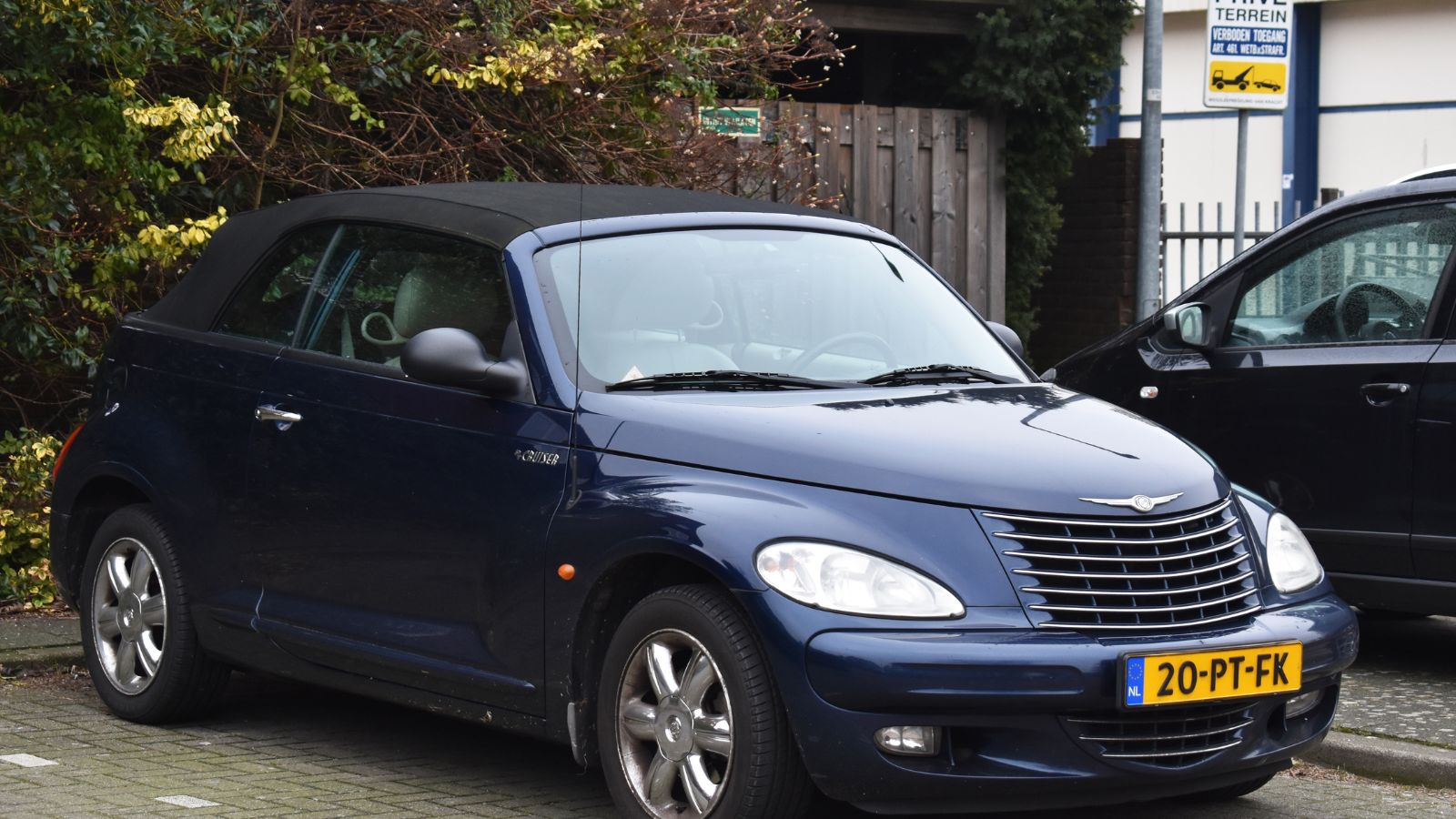
The PT Cruiser tried to be retro-cool but looked like a bloated jellybean on wheels. Designed by Bryan Nesbitt, this retro-styled hatchback (often mistaken for a wagon) debuted to massive hype, even winning Motor Trend’s 2001 Car of the Year. However, reality soon set in. Despite initial sales success, 1.35 million units over its lifespan, the PT Cruiser suffered from underwhelming performance, cheap interior materials, and poor reliability. Its 2.4L inline-4 struggled with a measly 150 hp, making acceleration sluggish. Handling was equally uninspiring. By 2008, resale values tanked, and Chrysler pulled the plug in 2010.
Hummer H2 (2002-2009)
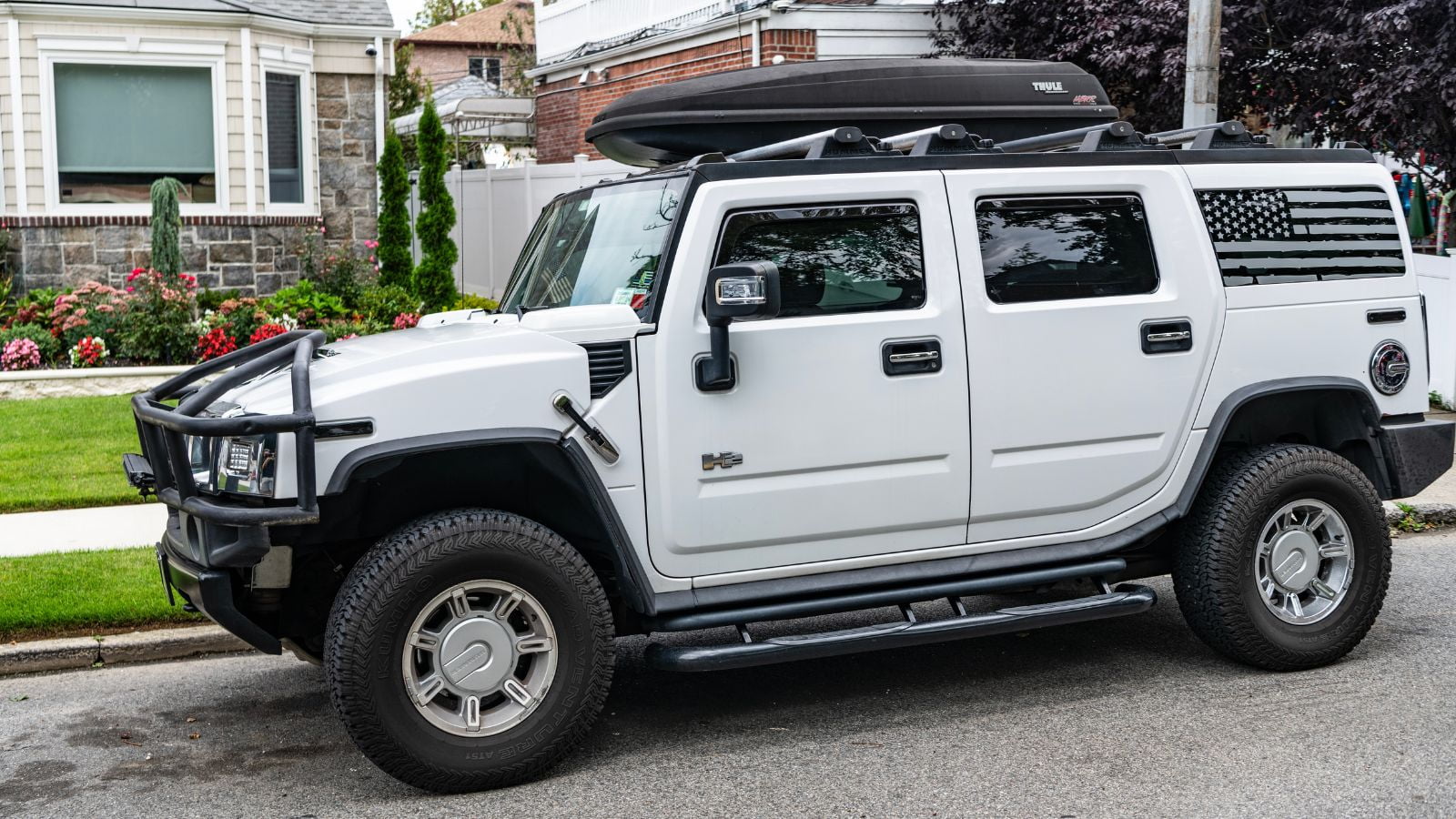
The Hummer H2 (2002-2009) was a bold, oversized statement on wheels until it flopped. Initially riding the early 2000s SUV boom, the H2 was GM’s attempt to cash in on the military-style ruggedness of the original Hummer H1 while making it more “civilized” (relatively speaking). However, it quickly became a symbol of excess and inefficiency, with its 6.0L (later 6.2L) V8 guzzling fuel at an abysmal 10-12 mpg. Critics panned it for its poor ride quality, impracticality, and over-the-top design.
Renault Le Car (1976-1983)
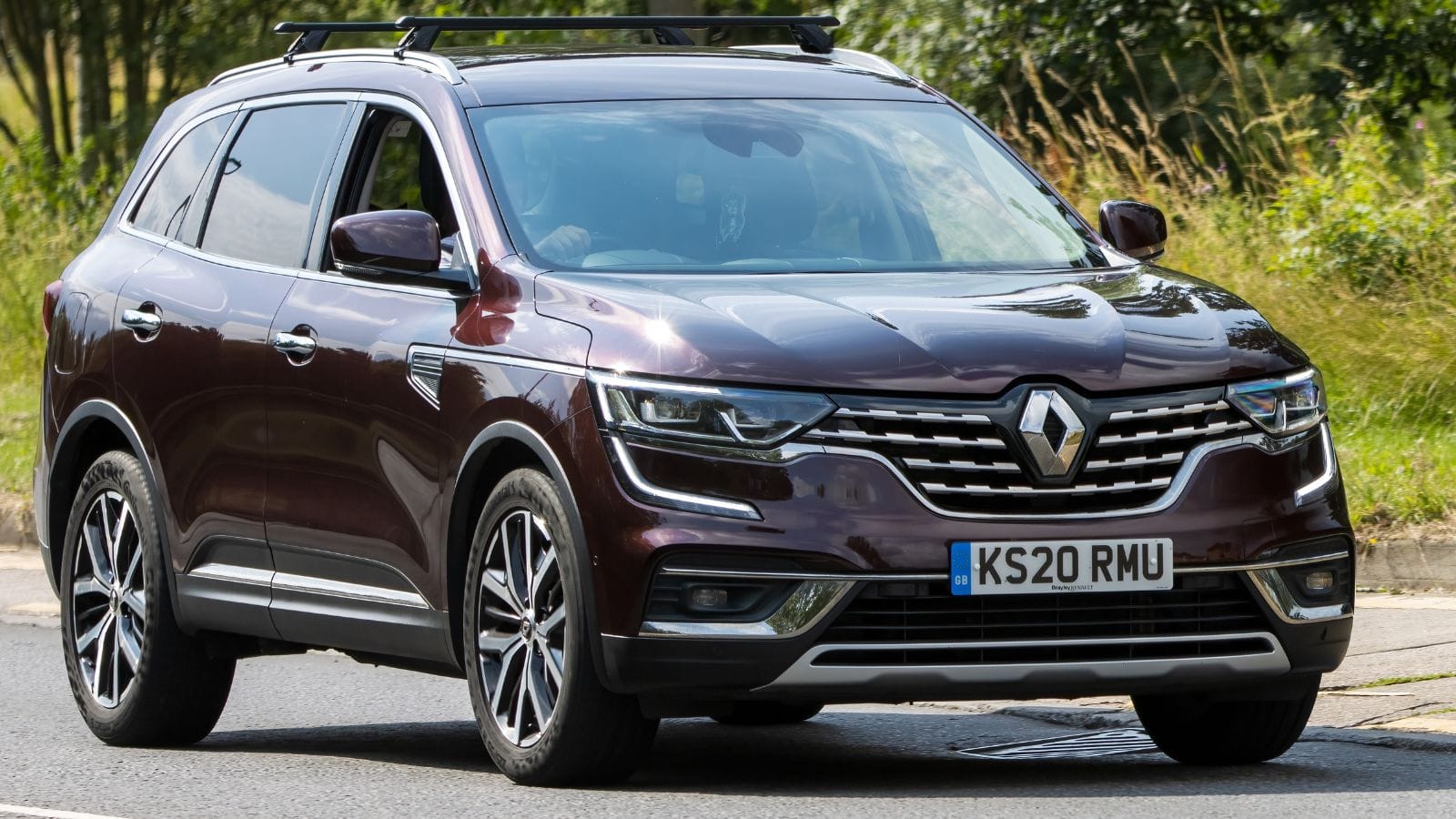
The Renault Le Car (1976-1983) was the Americanized version of the Renault 5, a wildly successful hatchback in Europe. Unfortunately, what worked in Paris didn’t always work in Pittsburgh. Imported by AMC (American Motors Corporation), the Le Car was marketed as a quirky, fuel-efficient alternative to gas-guzzling American sedans during the oil crisis. However, its 57-horsepower 1.4L engine struggled on U.S. highways, and its narrow track and soft suspension made handling unpredictable. Today, it’s remembered as a charming but deeply flawed attempt at French flair in America.
DeLorean DMC-12 (1981-1983)
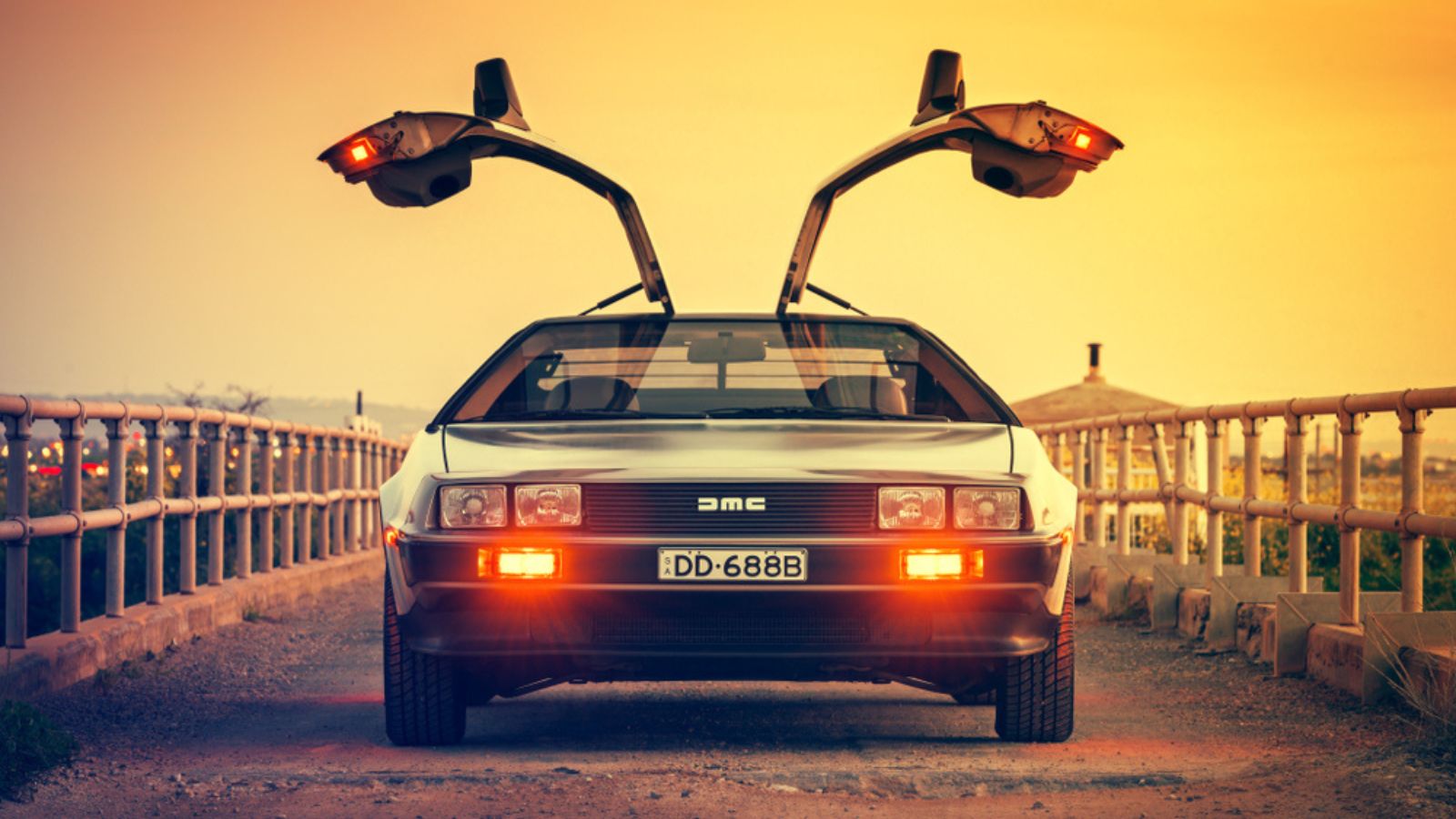
Thanks to Back to the Future, the DeLorean is a legend. But in reality, it was slow, unreliable, and overpriced. Designed by Giorgetto Giugiaro and featuring iconic gull-wing doors and an unpainted stainless-steel body, it looked futuristic but was deeply flawed. Despite its sports car looks, its 2.85L PRV V6 engine produced a measly 130 hp, making it painfully slow (0-60 mph in over 10 seconds). The $25,000 price tag (about $80,000 today) was steep for an underwhelming performance.
Lincoln Blackwood (2002)
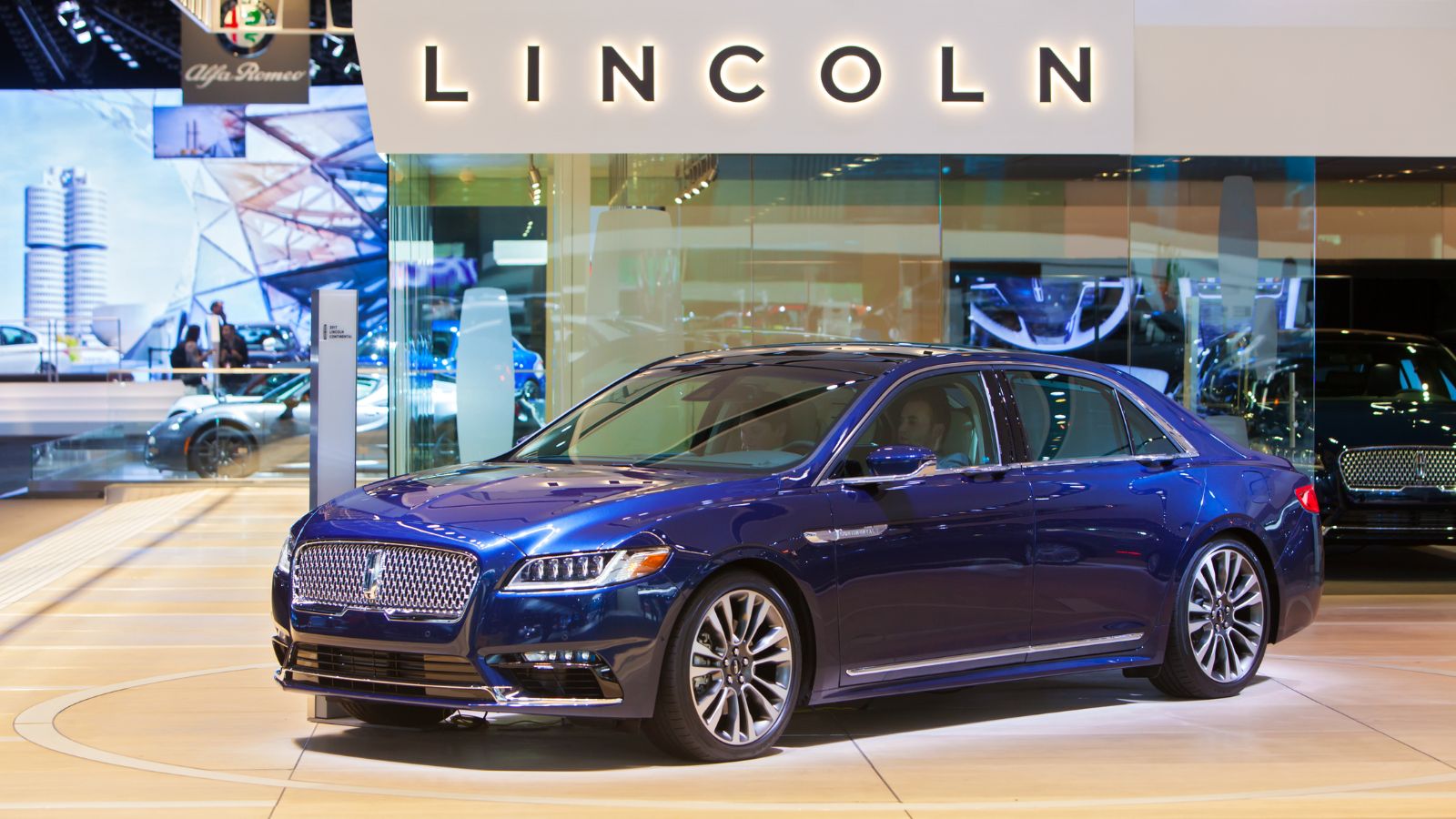
Designed as a luxury pickup, Lincoln attempted to cash in on the growing truck market—but it completely missed the mark. Based on the Ford F-150, the Blackwood featured a 5.4L V8 engine producing 300 hp. However, unlike traditional trucks, it had no four-wheel drive and a carpeted, non-functional bed with a permanently closed tonneau cover. Essentially, it was a truck that couldn’t haul anything. Production ceased after one model year, with only 3,356 units sold, far short of expectations.
Saturn Ion (2003-2007)
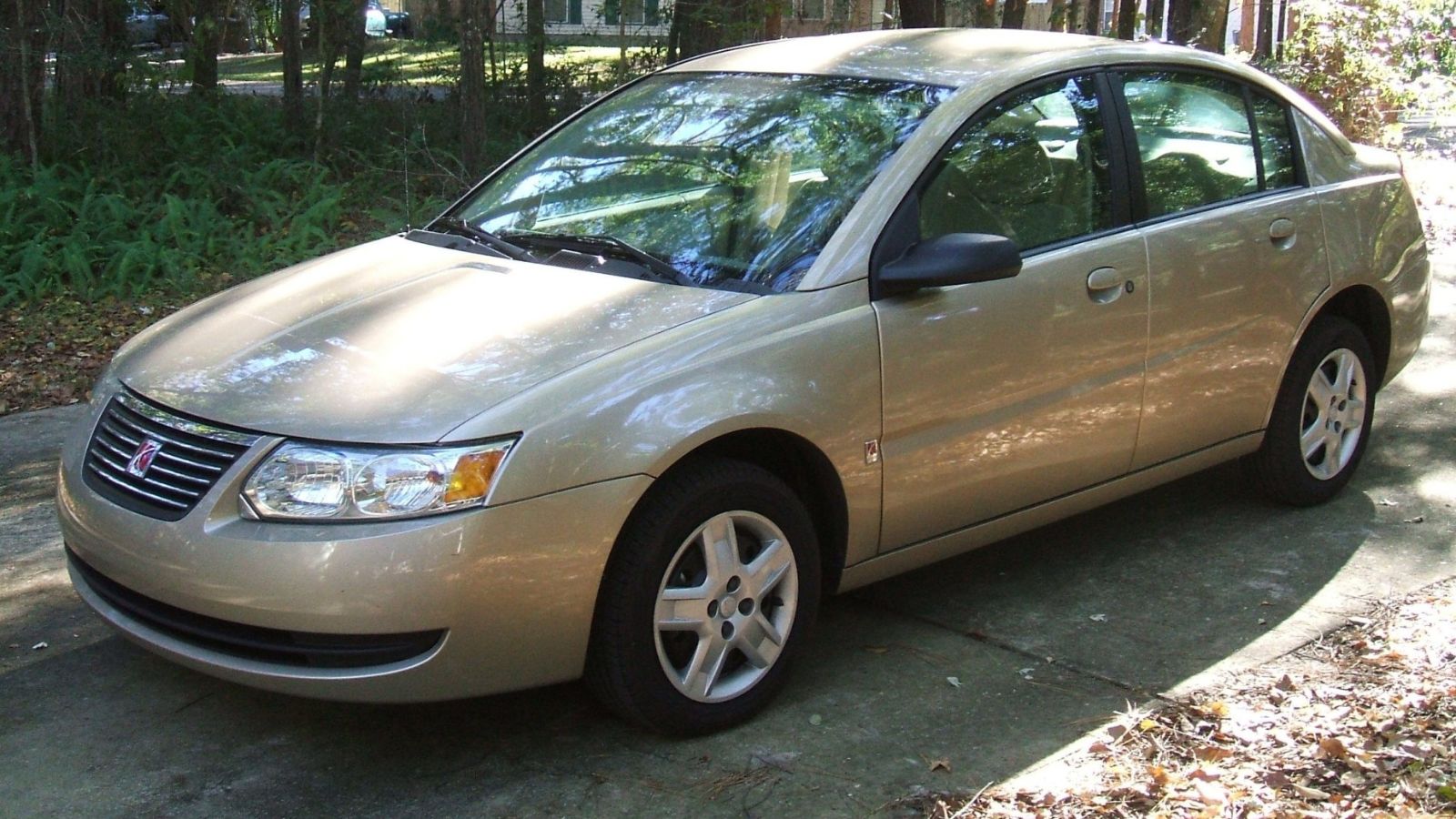
The Saturn Ion (2003-2007) was GM’s ambitious yet flawed attempt at capturing the compact car market. Despite replacing the well-liked Saturn S-Series, the Ion flopped due to poor design, lackluster performance, and cheap interior quality. Critics slammed its plasticky materials, awkward center-mounted instrument cluster, and numb electric steering. Even the base 2.2L Ecotec engine (140 hp) was underwhelming, and while the Ion Red Line (205 hp) added excitement, it couldn’t redeem the car’s reputation.
Mercedes-Benz A-Class (1997-2004, first-gen)
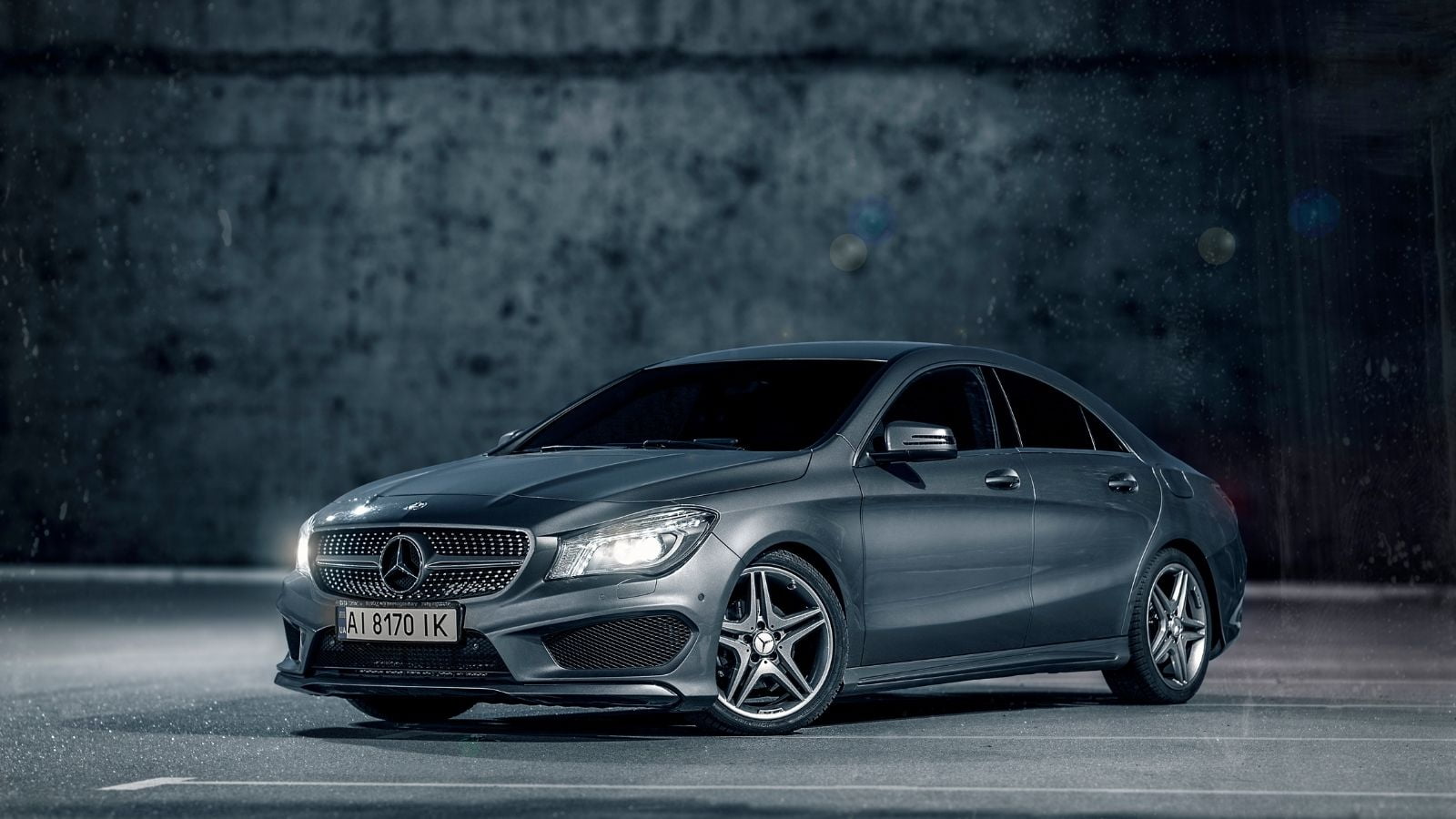
Mercedes’ attempt at a small, affordable car ended in embarrassment. Designed to be a premium compact, it instead became famous for failing the infamous “moose test”—flipping over during an evasive maneuver like an overenthusiastic gymnast. Mercedes had to panic-fix this PR disaster by retrofitting ESP (Electronic Stability Program), making it the first small car with stability control. Though it sold decently, the A-Class felt like Mercedes’ awkward teenage phase: Bold, different, but ultimately a bit of a dud. The next-gen models, thankfully, grew up.
Suzuki X-90 (1995-1997)
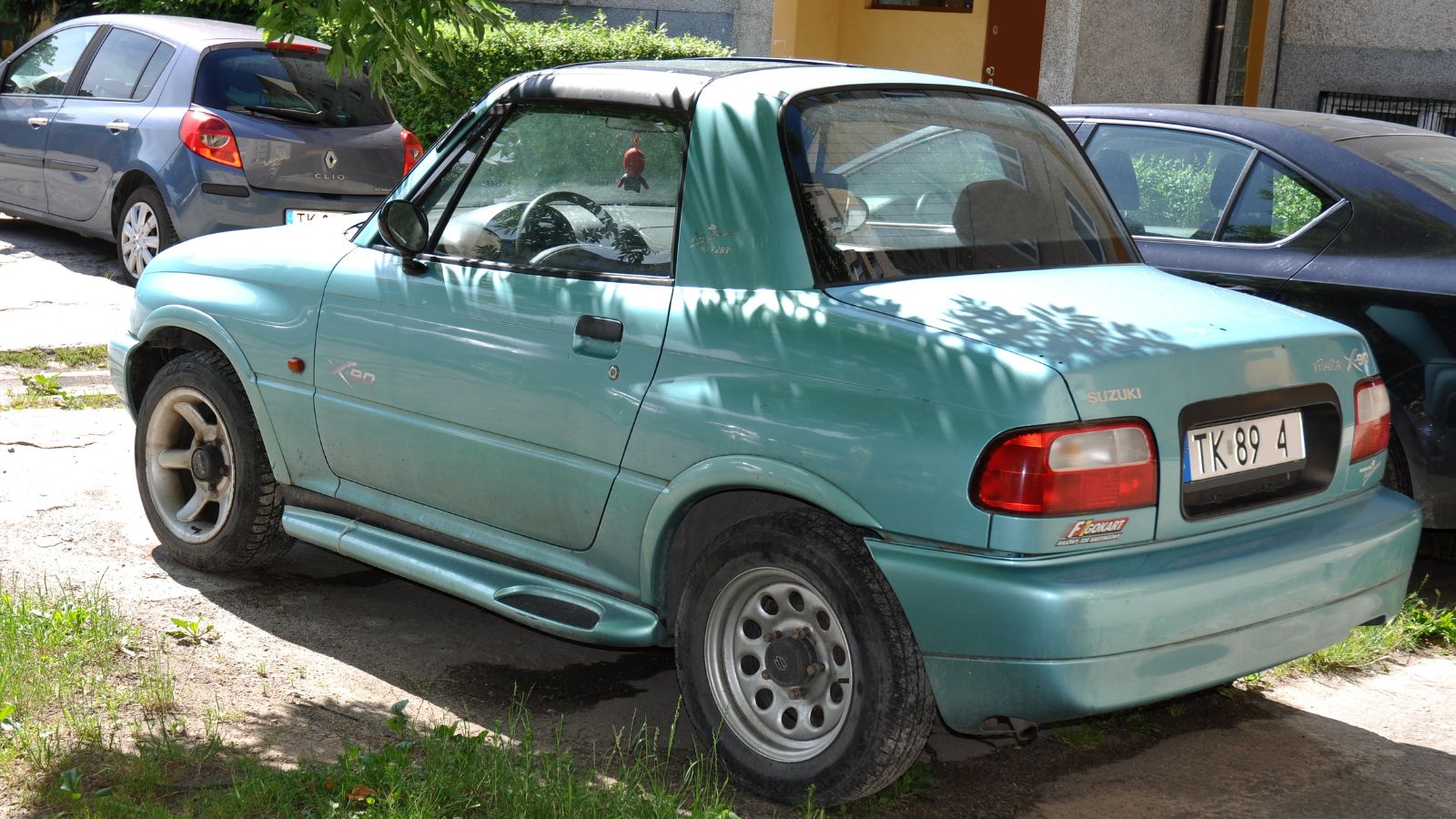
Was it an SUV? A coupe? A joke? The X-90 had two seats, T-tops, and the heart of a small SUV, but it didn’t excel at anything. Powered by a modest 1.6L engine making just 95 horsepower, it struggled to outrun a determined cyclist. And, despite offering 4WD, its short wheelbase made it more prone to rolling over than conquering terrain. The targa top was neat, but with only two seats and minimal cargo space, it had the practicality of a shoebox. In short, it looked like a toy car, and customers treated it like one by avoiding it.
Chevrolet SSR (2003-2006)
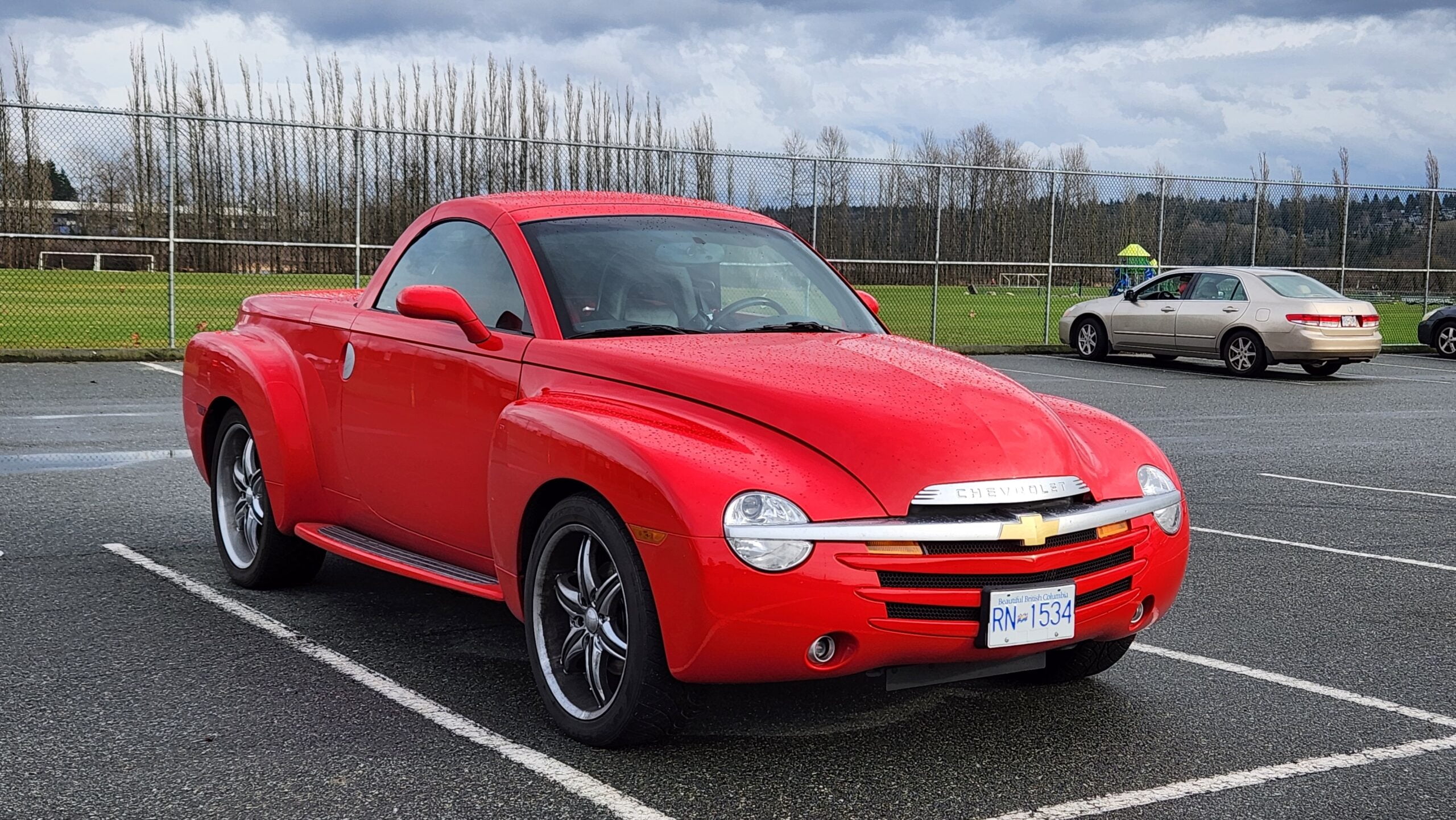
The Chevrolet SSR (2003-2006) was GM’s attempt to mix a retro hot rod, a pickup truck, and a convertible. The result was a weird-looking, overweight, and overpriced toy nobody really wanted. With a retractable hardtop and curvy 1940s-inspired design, it looked cool… until you realized it weighed over 4,700 lbs and initially had only 300 horsepower from a sluggish 5.3L V8. Chevy later upgraded it to a 6.0L LS2 with 390 hp, but buyers had already moved on by then.
Jeep Compass (2007-2010, first-gen)
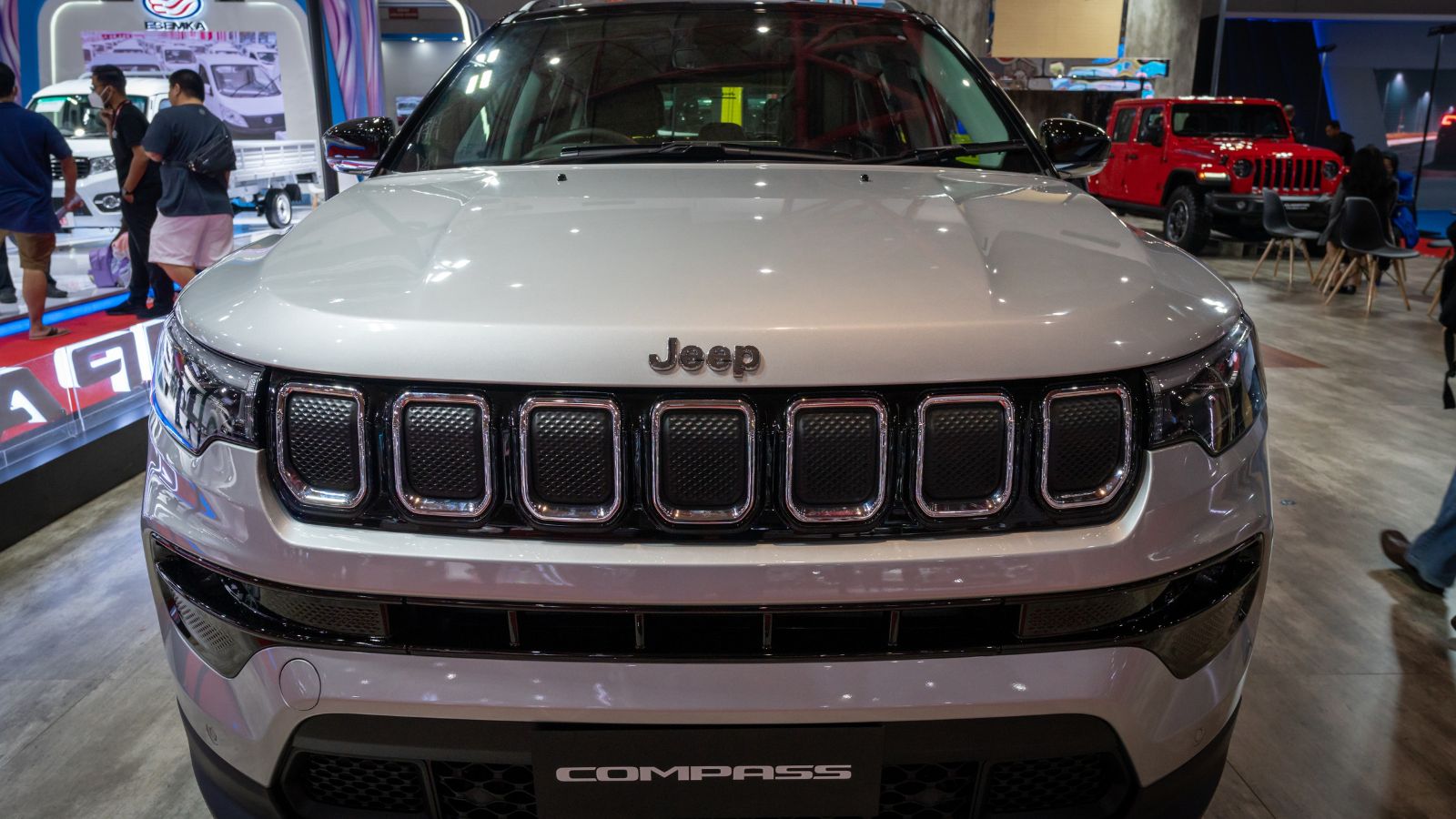
The first-gen Compass was everything a Jeep shouldn’t be: weak, cheaply built, and not particularly off-road capable. Designed to be a “budget-friendly” alternative, it looked more like a lost hatchback than a rugged Jeep. It had plastic-clad everything, a CVT that whined louder than its owners, and an inexpensive interior that made rental cars feel premium. The base 2.4L engine (172 hp) was sluggish, and the 2.0L felt like it ran on hopes and prayers. Poor sales and brutal reviews forced Jeep to rethink its strategy. Even Jeep fanatics ignored it.
Dodge Caliber (2007-2012)
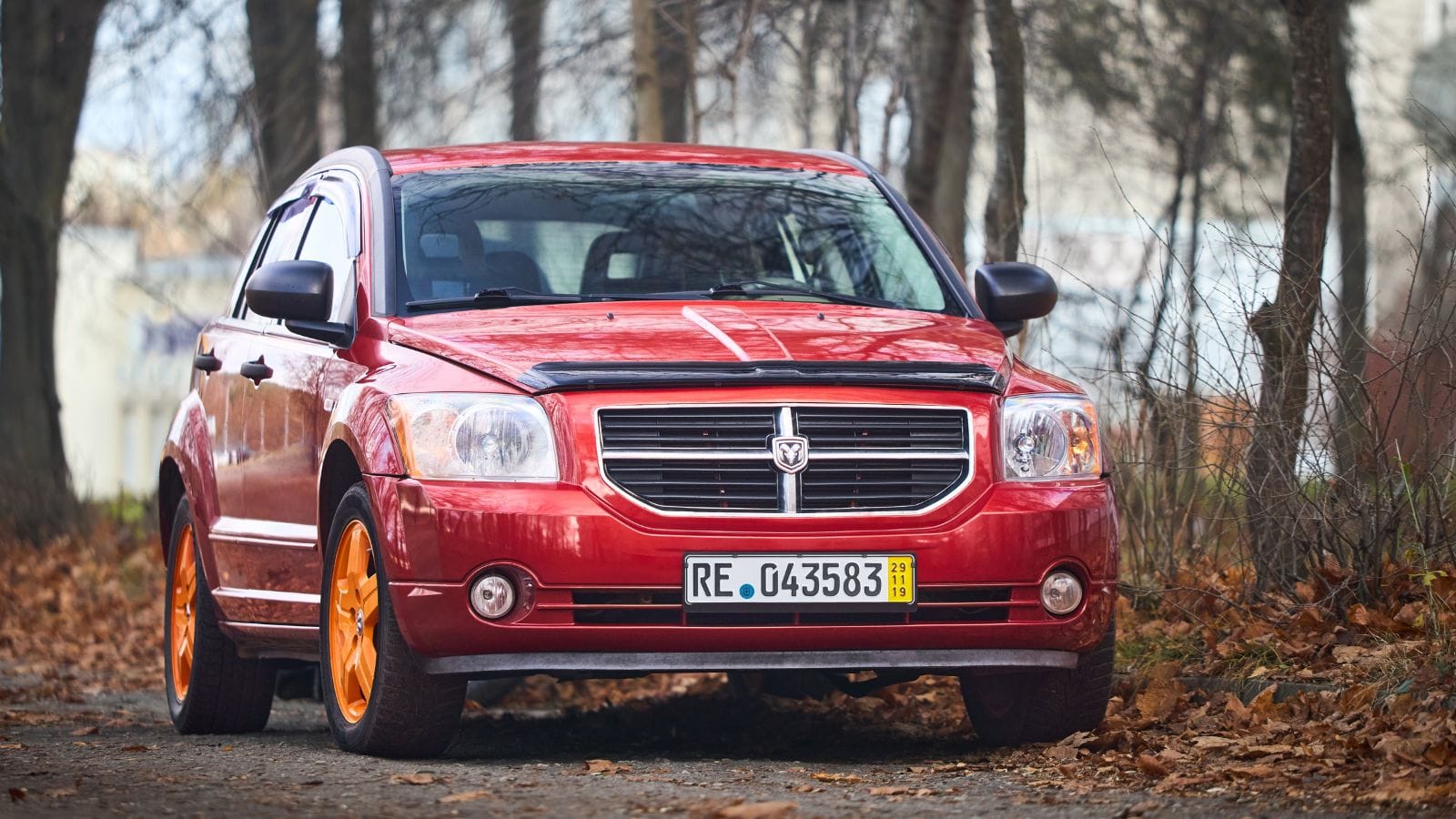
Dodge tried to replace the Neon with a chunky hatchback that looked tough but drove terribly. What are its biggest crimes? A plasticky, rental-grade interior, an unrefined CVT that whined like a toddler, and engines that made noise but not power (especially the sluggish 2.0L with 158 hp). The SRT4 version tried to salvage its reputation, but even 285 hp couldn’t fix its clunky handling. Sales tanked, and by 2012, Dodge pulled the plug. In short, the Caliber had potential, but Dodge fumbled the bag so hard it became the car nobody asked for… or remembered.
Nissan Murano CrossCabriolet (2011-2014)

The Nissan Murano CrossCabriolet (2011–2014) was what happens when someone at Nissan said, “What if an SUV and a convertible had a baby?” and no one stopped them. Billed as the world’s first all-wheel-drive crossover convertible, it had the bulk of an SUV but the flimsiness of a drop-top. With only two doors and a soft-top roof, it baffled both SUV lovers and convertible fans. Also, priced at $47,000+, it was absurdly expensive for something that looked like a Murano that lost a bet. Plus, the structural integrity took a hit, making it heavier and wobblier than the standard Murano.
Fiat Multipla (1998-2010)

The Fiat Multipla proves that just because you can design a car a certain way doesn’t mean you should. With a bulbous, frog-like front end and a windshield so upright it looked like an afterthought, the Multipla was an eyesore. To make matters worse, it had three seats in the front, making the interior feel more like a cramped minivan than a proper car. Still, it had a cult following, mainly among people prioritizing function over form (or just enjoying confusing pedestrians). A commercial flop? Yes. An icon? Also, yes. Some disasters are just too special to forget.
Peel P50 (1962-1965)
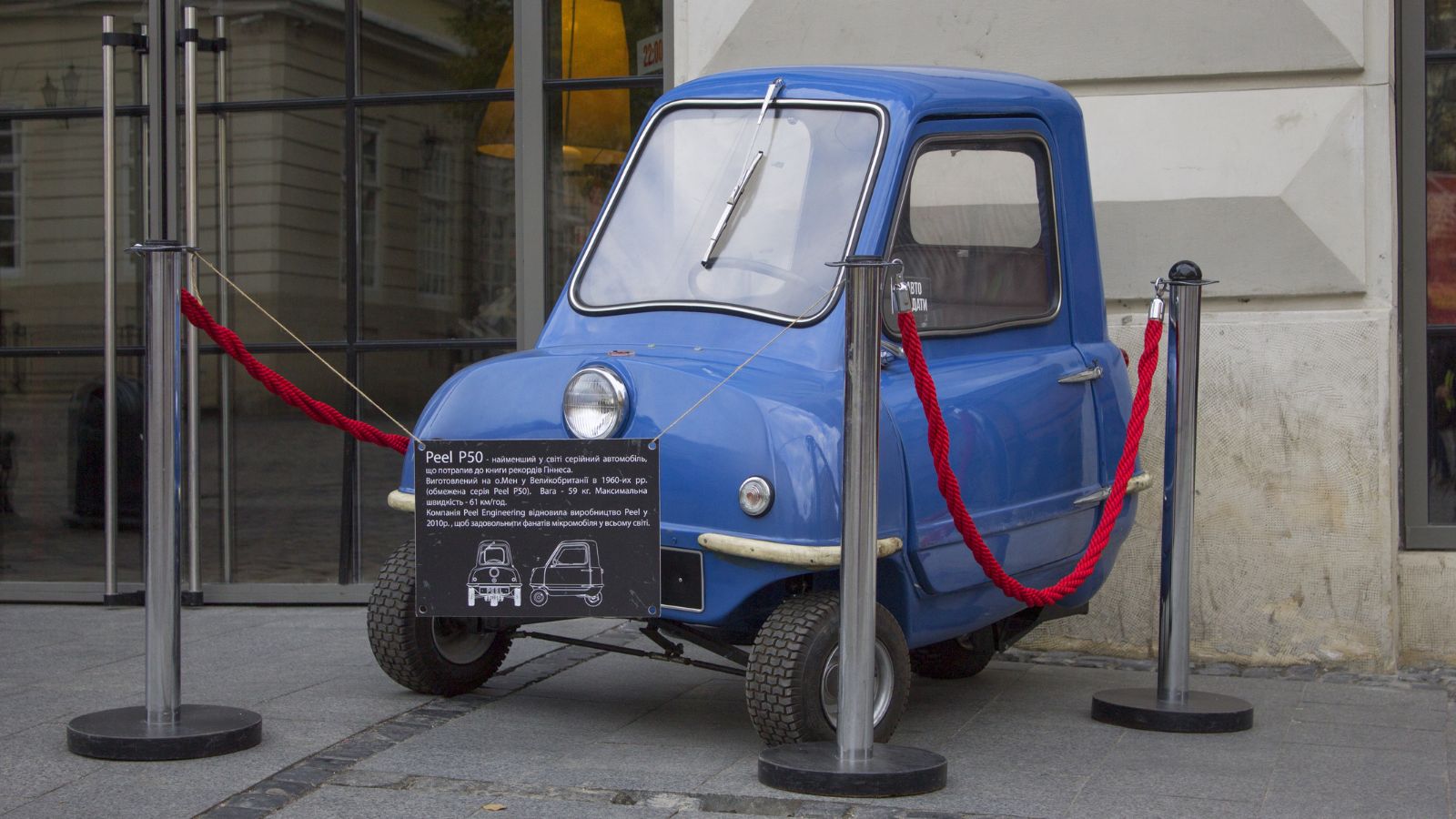
The Peel P50 (1962–1965) was a car like a goldfish bowl is a house. Officially the world’s smallest production car, this three-wheeled micro-marvel from the Isle of Man had room for exactly one driver, a shopping bag, and zero dignity. It made a Cozy Coupe look like a limousine at just 54 inches long and 41 inches wide. Powered (barely) by a 49cc DKW engine producing a thunderous 4.2 horsepower, it topped out at a blistering 38 mph, assuming the driver had a strong tailwind and wasn’t carrying anything heavier than a sandwich. It had no reverse gear, so drivers had to pick it up and turn it around literally.
Smart ForTwo (First Gen, 1998-2007)
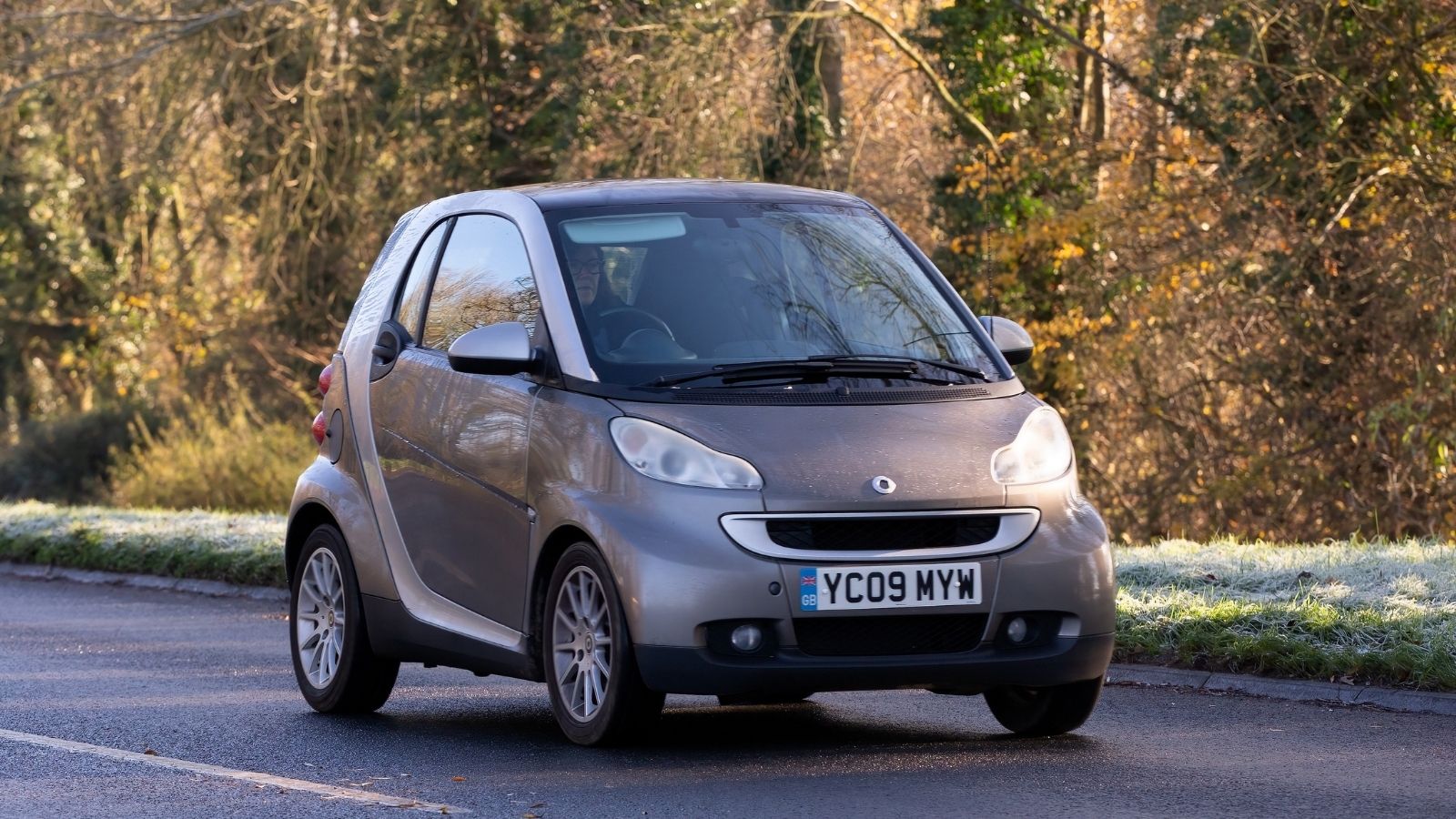
The first-gen Smart ForTwo (1998-2007) was a car ahead of its time. Unfortunately, it was also ahead of most people’s willingness to drive a glorified roller skate. Designed for tight European cities, it promised efficiency but delivered terror on highways, where it felt like a motorized shoebox being bullied by trucks. The 0.6L and later 0.7L turbo engines produced up to 61 hp, but the automated manual transmission shifted with a distracted toddler’s grace. While later versions improved, the first-gen ForTwo was a rough introduction to the concept.
Lada Riva (1980-2012)
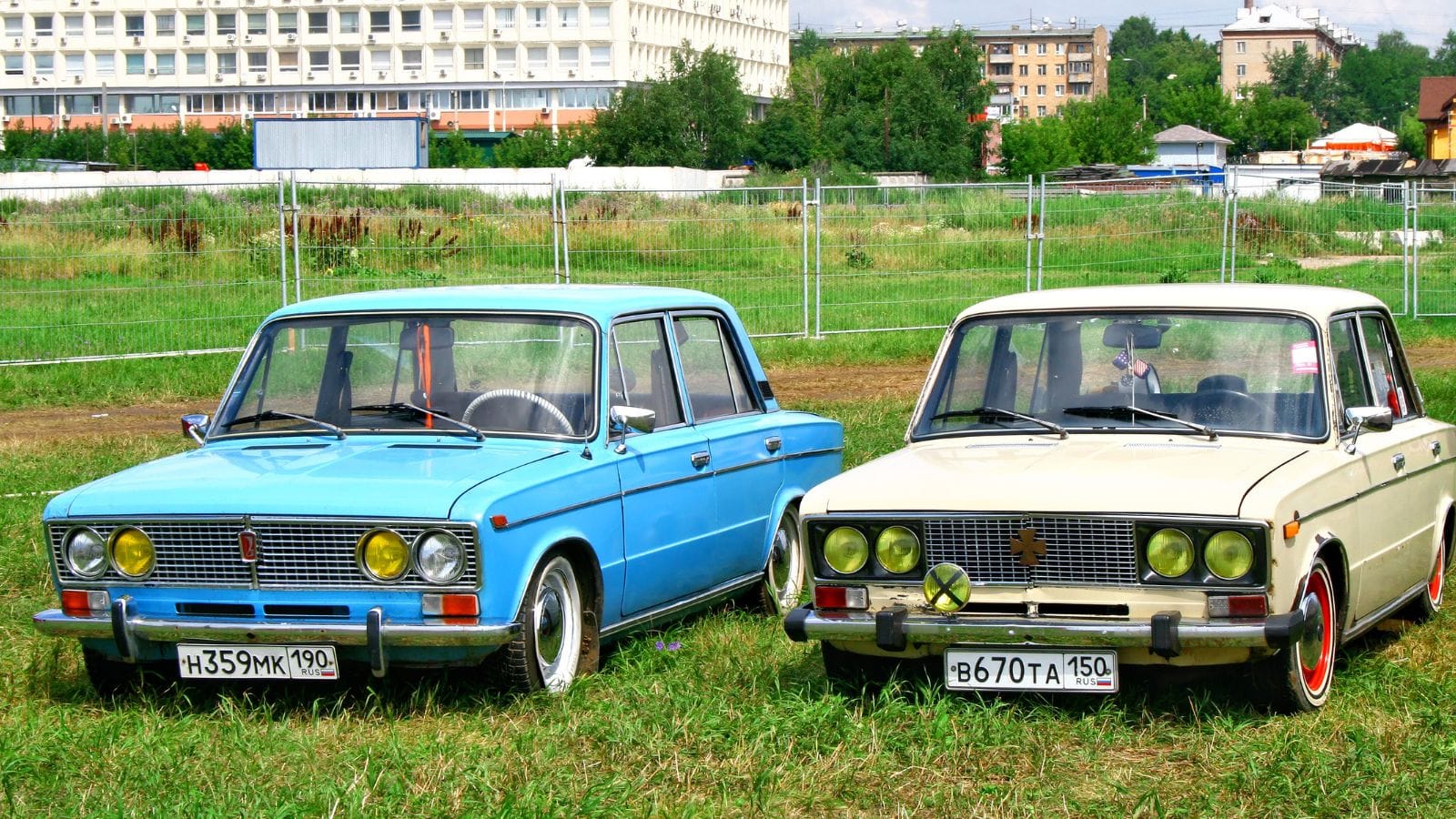
The Lada Riva (1980–2012) was the Soviet Union’s long-lasting yet magnificently outdated gift to the automotive world. Essentially a 1960s Fiat 124 with all the charm beaten out of it, it boasted boxy aesthetics, Soviet-era engineering “efficiency,” and a driving experience comparable to wrestling a grizzly bear in a snowstorm. Marketed as a “modern” car well into the 21st century, it featured tractor-like handling, paper-thin metal, and ergonomics inspired by a Soviet prison cell. Its 1.2L–1.7L carbureted engines were as indestructible as they were gutless, offering acceleration best measured with a calendar.
Hyundai Tiburon (1996-2008)
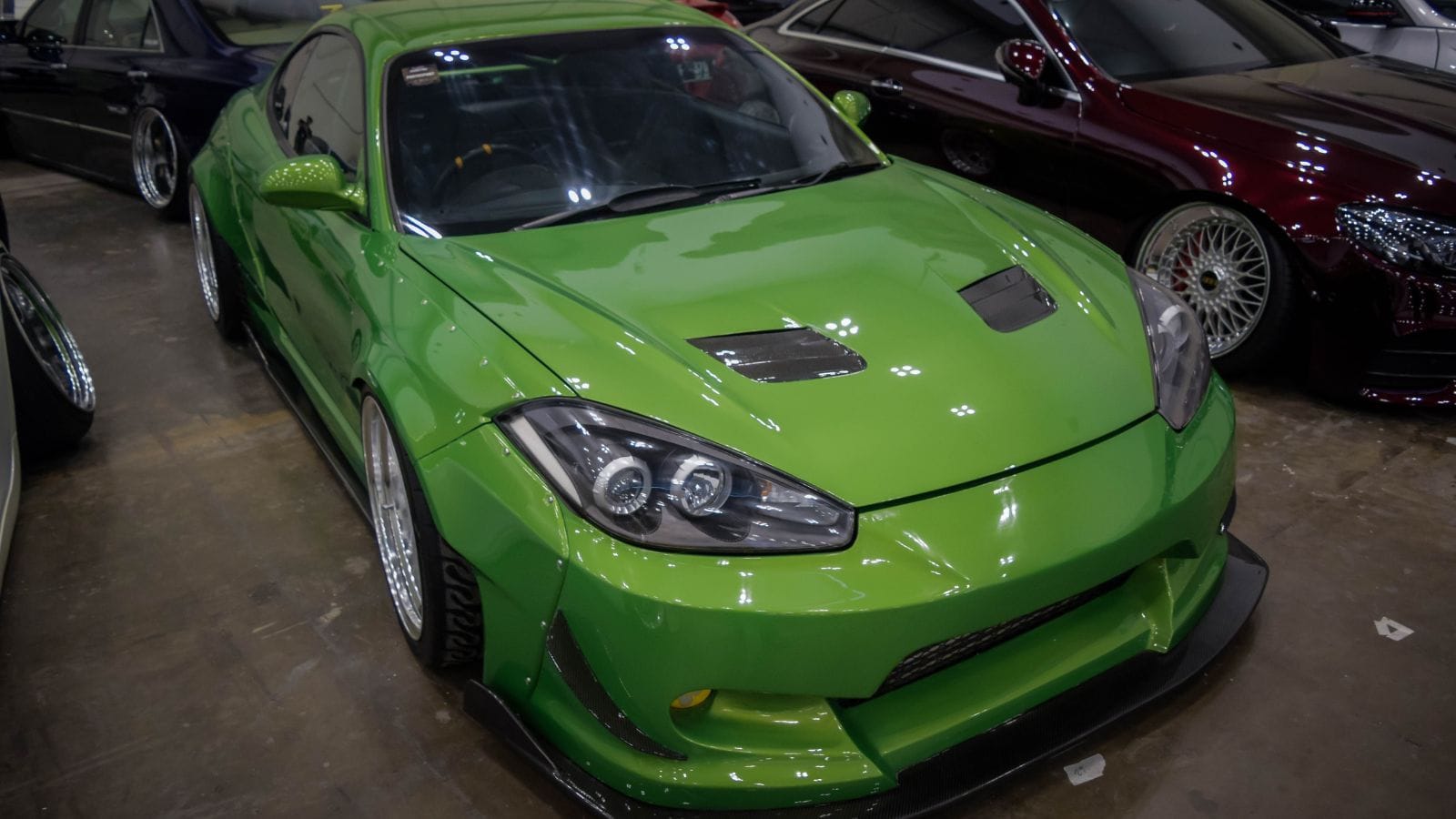
The Tiburon wanted to be a sporty coupe, but it was more of a poser than a performer. Sure, it looked fast, but under the hood, the base models had all the thrill of a microwaved burrito. The first-gen (1996–2001) had a 1.6L or 2.0L engine, topping at a modest 140 hp. The second-gen (2002–2008) tried harder with a 2.7L V6, but 172 hp wasn’t exactly shaking up the streets. Handling? Let’s say the Tiburon understeered like a stubborn shopping cart. And, fun fact: “Tiburon” means “shark” in Spanish. It’s more like a goldfish with attitude.
Mitsubishi Mirage (2014-Present)
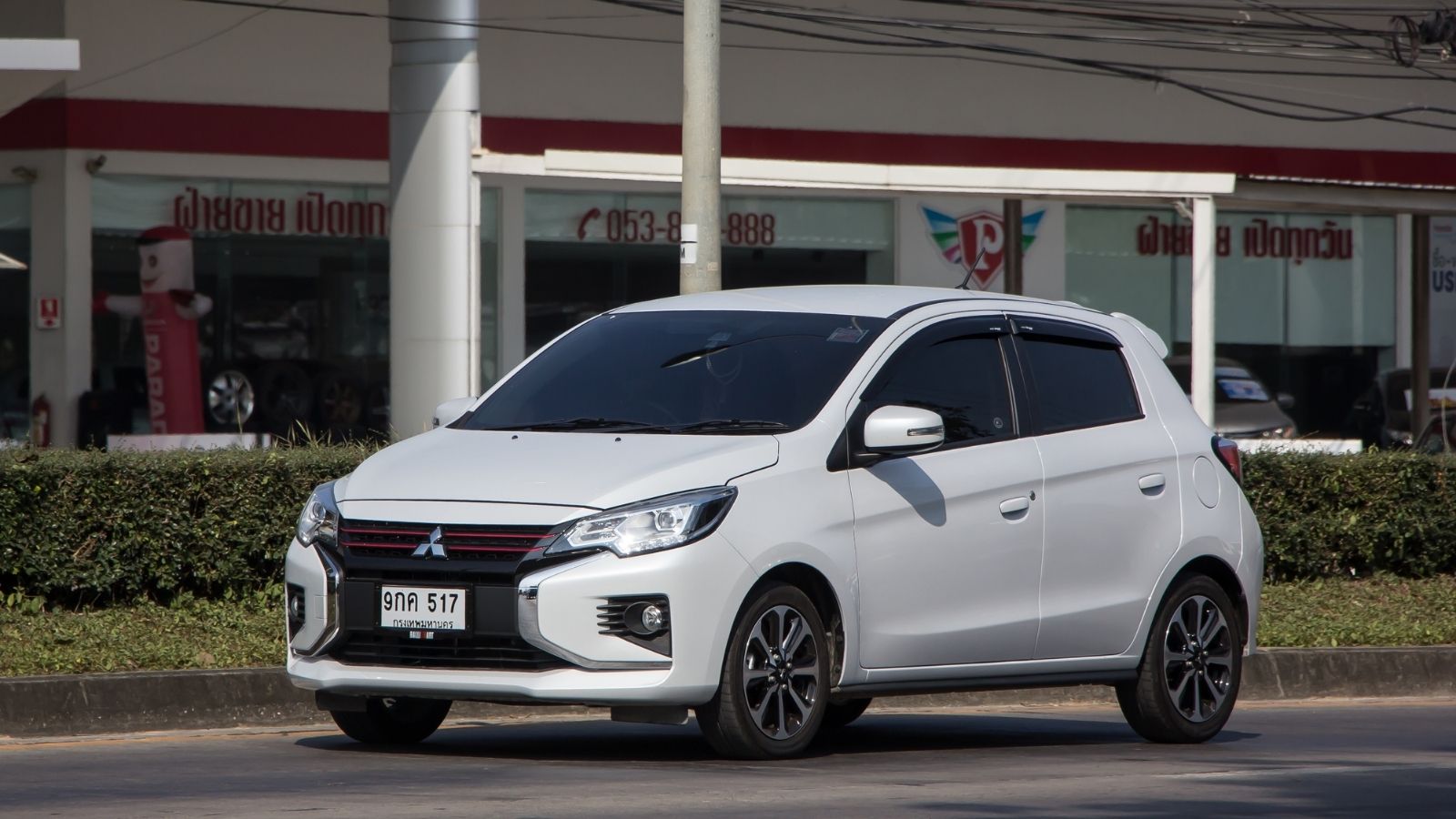
The Mirage is the definition of “cheap and cheerful,” except for the cheerful part, which is up for debate. Armed with a wheezy 1.2L 3-cylinder engine, it produces a staggering 78 horsepower (less than some lawnmowers). Acceleration? Let’s say a strong headwind could ruin your 0–60 time (officially around 12 seconds). Critics panned it—Consumer Reports called it “one of the worst cars you can buy.” Even Top Gear described it as “offensively slow.” Yet, like an unkillable cockroach, it soldiers on, appealing to budget-conscious buyers. The Mirage proves that sometimes, you get what you pay for.
25 Facts About Car Loans That Most Drivers Don’t Realize

Car loans are one of the most common ways people fund car purchases. Like any other kind of loan, car loans can have certain features that can be regarded as an advantage or a disadvantage to the borrower. Understanding all essential facts about car loans and how they work to ensure that you get the best deal for your financial situation is essential. Here are 25 shocking facts about car loans that most drivers don’t realize:
25 Facts About Car Loans That Most Drivers Don’t Realize
